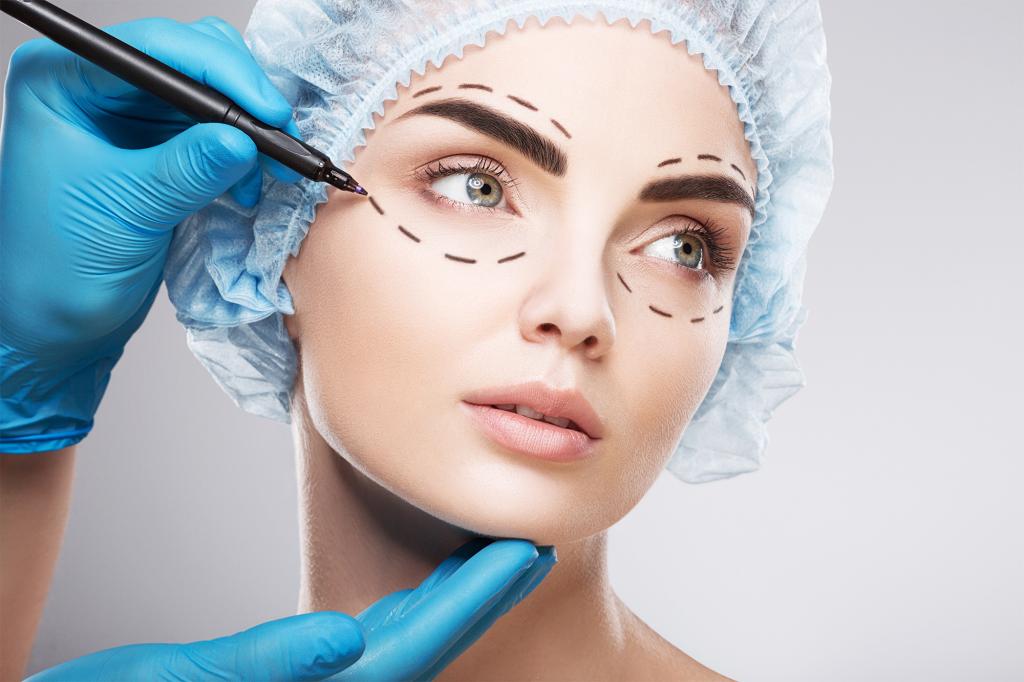Introduction: The Allure and the Danger
Plastic surgery, once reserved for reconstructive purposes, has become a $50 billion global industry . While many seek aesthetic enhancements, a growing subset of patients develop compulsive behaviors, driven by societal pressures and unresolved trauma. Behind the promise of “perfection” lie severe risks: 1 in 3 patients experience complications , and 15% develop body dysmorphic disorder (BDD). This article uncovers the hidden health consequences of plastic surgery addiction and strategies to address its root causes.
The Psychology Behind Plastic Surgery Addiction
When Vanity Becomes a Disorder
Plastic surgery addiction often stems from body dysmorphic disorder (BDD) , a mental health condition where individuals obsess over perceived flaws. Studies show 75% of BDD patients pursue cosmetic procedures , but dissatisfaction persists post-surgery.
The Role of Social Media
Filters and edited images create unrealistic beauty standards, normalizing surgical alterations. Teens exposed to these trends are 3x more likely to seek surgery
Emotional Trauma and Body Shame
Childhood abuse or bullying correlates with body shame, driving individuals to alter their appearance compulsively.
Physical Health Risks: More Than Skin Deep
Common Surgical Complications
Even minor procedures carry risks:
Infection and Scarring
Up to 10% of surgeries result in infections , while 30% of patients develop hypertrophic scars.
Nerve Damage
Procedures like facelifts or liposuction can cause permanent numbness or paralysis in 5–15% of cases .
Blood Clots and Anesthesia Risks
Deep vein thrombosis (DVT) occurs in 1–2% of surgeries , while anesthesia complications lead to respiratory failure in rare cases.
Long-Term Health Impacts
Repeated surgeries compound risks:
Chronic Pain and Mobility Issues
Overly tight implants or repeated liposuction may cause chronic pain, limiting mobility.
Autoimmune Reactions
Silicone implants are linked to breast implant illness (BII) , with symptoms like fatigue and joint pain affecting 15–20% of recipients.
Mental Health Consequences: The Invisible Scars
Post-Surgery Emotional Turmoil
Despite hopes for improved self-esteem, many patients experience worsening anxiety and depression :
Regret and Identity Loss
20–30% of patients regret their procedures , feeling “disconnected” from their appearance.
Suicidal Ideation
Women with breast implants face 2x higher suicide rates , linked to unresolved emotional trauma.
The Cycle of Addiction
Repeated surgeries create a dependency loop:
Tolerance and Escalation
Patients often require increasingly drastic procedures to achieve the same “high,” similar to substance addiction
Financial Ruin
Addicts spend upwards of $50,000 annually , draining savings and accumulating debt.
The Role of Trauma and Societal Pressure
Childhood Trauma and Body Image
Early adversity shapes adult behavior:
Abuse and Neglect
Childhood trauma increases the likelihood of BDD by 40% , driving compulsive surgeries
Cultural Obsession with Youth
Societies valuing youthfulness see higher rates of procedures like facelifts and Botox.
Breaking the Cycle: Prevention and Recovery
Psychological Interventions
Cognitive Behavioral Therapy (CBT)
CBT reduces BDD symptoms in 60–70% of patients by addressing distorted self-perception.
Support Groups
Groups like BDD Foundation provide community and coping strategies.
Medical and Policy Solutions
Pre-Surgery Mental Health Screenings
Mandatory evaluations could reduce unnecessary procedures by 25%.
Regulation of “Cosmetic Tourism”
Unregulated clinics abroad contribute to 3x higher complication rates.
Conclusion: Redefining Beauty and Health
Plastic surgery addiction is a public health crisis demanding urgent action. By addressing its psychological roots, improving patient education, and enforcing ethical practices, we can mitigate its devastating impacts. True beauty begins with self-acceptance and systemic change.

